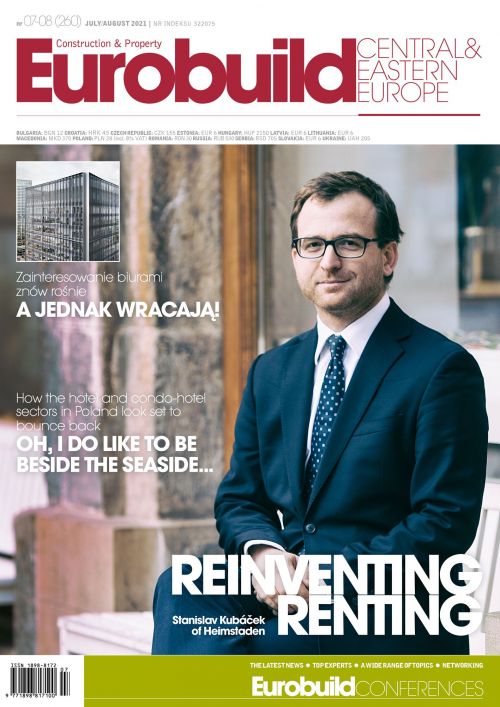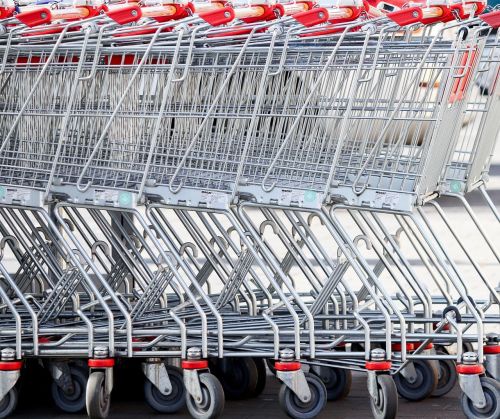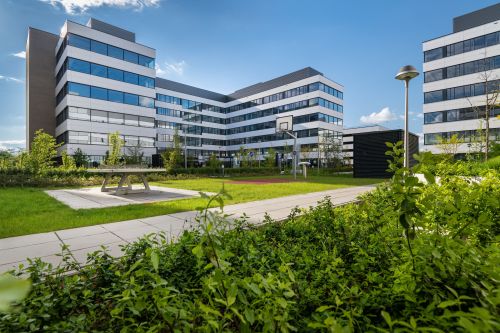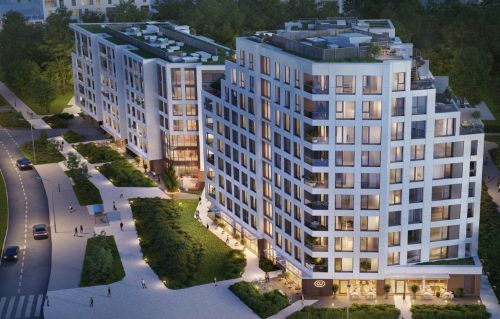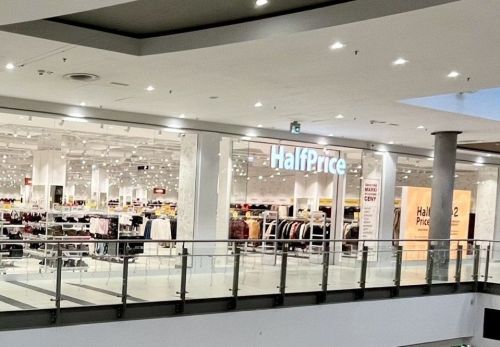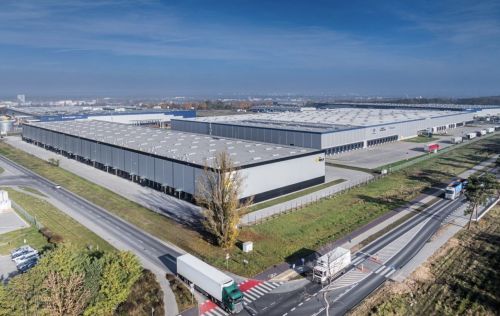Newly-built warehouses can be distinguished by their size, type and the technology deployed in them. They can include multi-tenant buildings of 10,000 sqm or more (big-box facilities) and those with individual units of at least 2,500–3,000 sqm.
Many tenants these days, especially those that favour locations closer to large city centres, are tending to look for smaller-scale warehouse space. This type of occupier often treats their warehouse as a business centre that combines warehousing and office functions in a single location. This has given rise to the emergence of the small business unit (SBU) concept on the Polish market. Such modern facilities first appeared in Warsaw in late 2008 and early 2009 and typically comprised warehouse units of 600–1,000 sqm along with office units of 100–130 sqm. Although the concept even back then was nothing new, there is still a dearth of such facilities, especially in regional cities where tenants often have to make do with older
























